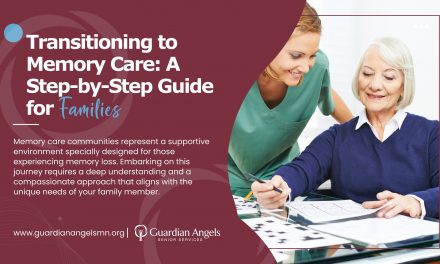As our loved ones age, the decision to move into a senior living community may become a necessary part of their care plan. However, navigating the costs associated with senior living can be overwhelming and complex. In this comprehensive guide, we will delve into the three main costs of senior living: rent, care fees, and meal plans, and provide valuable insights on how to manage and plan for these expenses.
Understanding Rent Costs
When considering senior living options, one of the primary costs to assess is rent. It is essential to look beyond the monthly cost and consider the inclusions and amenities provided. Questions to consider include the square footage of the living space, the number of bedrooms and bathrooms, and whether utilities, cable, and phone services are covered in the rent. Additionally, the ability for residents to control their own heat and thermostat should be explored, as these factors can influence the overall comfort and cost-effectiveness of the living arrangement.
Furthermore, for individuals requiring assisted living, understanding the levels of care offered by different communities is crucial. While some facilities may offer a la carte care options, others, like Guardian Angels, may have structured levels that encompass all necessary services within a single price. It is important to engage with the community's marketing personnel to gain insights into the levels of care available and how they align with the specific needs of the individual. Additionally, obtaining a nurse assessment before moving into an assisted living facility is vital, as it provides a clear understanding of the associated care fees and how they may fluctuate based on changing needs and external factors.
Navigating Care Fees
Care fees in senior living communities are dynamic and can be influenced by various factors. As highlighted by Guardian Angels, nurse assessments play a significant role in determining the precise care fees, which can fluctuate as the individual's care needs evolve. Considering the potential for inflation, it is prudent to account for annual increases in pricing when budgeting and planning for care fees. By staying informed about these potential changes, individuals and their families can make more informed financial decisions and ensure ongoing financial preparedness.
Understanding Meal Plans
Meal plans are an integral component of senior living costs, and it is essential to evaluate whether they are included in the overall package or billed separately. The number of meals required per day, such as 1, 2, or 3, should be considered, along with the option for residents to prepare meals independently if they desire. While some individuals may opt for self-cooking, it is advisable to factor in potential meal plan costs for future reference, especially considering the possibility of evolving needs and preferences.
Proactive Planning and Comparisons
In navigating the costs of senior living, there is immense value in proactive planning and conducting thorough comparisons among different communities. Starting the search early and exploring multiple options allows families to gather comprehensive information and make well-informed decisions. While comparing prices is a crucial aspect, it is equally important to assess the overall atmosphere and feeling of the community, as this will become the new home for the individual. Transparency in pricing, as exemplified by Guardian Angels offering a detailed pricing chart for comparison, facilitates an informed decision-making process and empowers families to find a community that aligns with both their financial and emotional considerations.
The costs of senior living encompass a multifaceted landscape, from rent and care fees to meal plans, and demand careful consideration and planning. By thoroughly understanding these costs, engaging with community representatives, and conducting detailed comparisons, families can navigate the financial aspects of senior living with greater confidence and preparation. Ultimately, the goal is to ensure that the chosen senior living community not only meets the individual's care needs but also provides a nurturing and fulfilling environment for their golden years.










